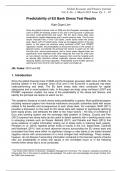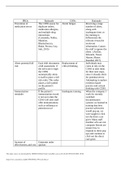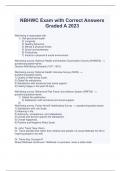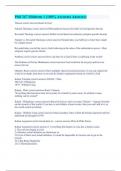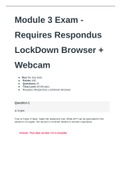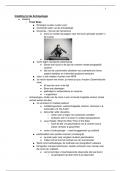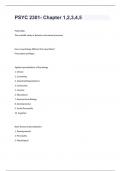Exam (elaborations)
Predictability of EU Bank Stress Test Results
- Module
- Institution
Global Economy and Finance Journal Vol. 8. No. 1. March 2015 Issue. Pp. 1 – 10 Predictability of EU Bank Stress Test Results Kian Guan Lim* Since the global financial crisis of 2008 and the European sovereign debt crisis of 2009, the banking system in EU and in the Euroz...
[Show more]
